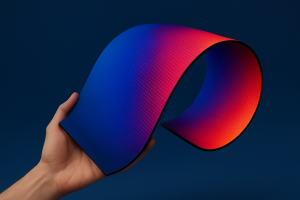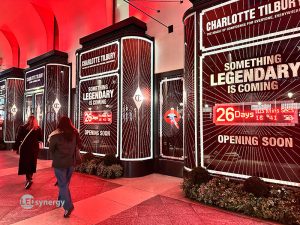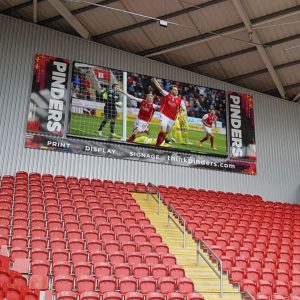The History of LED Screens: From Innovation to Everyday Technology
LED (Light Emitting Diode) screens are now a staple of modern technology, used in everything from digital billboards and stadium displays. But how did this revolutionary display technology evolve? In this blog, we’ll explore the history of LED screens, from their humble beginnings to their dominance in today’s digital world.
The Origins of LED Technology (1907–1960s)
The story of LED screens begins in 1907, when British scientist Henry Joseph Round discovered electroluminescence while experimenting with silicon carbide. However, this discovery went largely unnoticed until the 1960s, when Nick Holonyak Jr. developed the first visible-spectrum LED while working at General Electric in 1962.
Holonyak is often called the “father of the LED”, as his invention marked the beginning of practical LED applications. Early LEDs emitted only red light and were initially used in indicator lights, calculators, and digital watches.
The Rise of LED Displays (1970s–1980s)
In the 1970s, LED technology advanced significantly. Scientists developed new semiconductor materials, allowing LEDs to produce different colours, including green and yellow. This period also saw the first digital LED displays, used in clocks, calculators, and early digital signage.
By the 1980s, researchers had refined LEDs further, making them brighter and more energy-efficient. This led to their adoption in scoreboards and early monochrome LED message boards.
The Breakthrough of Full-Colour LED Screens (1990s–2000s)
The major breakthrough in LED screens came in the 1990s, when scientists developed blue LEDs, completing the RGB (red, green, blue) spectrum needed for full-colour displays. This development allowed LED screens to display vibrant, high-resolution images for the first time.
During this period, LED screens began replacing older display technologies like CRT (Cathode Ray Tube) screens and LCD (Liquid Crystal Display) technology. By the early 2000s, LED screens became the go-to technology for large-scale displays, including stadium screens, LED advertising billboards, and LED public information displays.
LED Screens in the Digital Age (2010s–Present)
With the rise of high-definition (HD) and ultra-high-definition (4K and 8K) displays, LED technology continued to improve. The introduction of OLED (Organic LED) and MicroLED screens allowed for thinner, brighter, and more energy-efficient displays, revolutionising the digital advertising industries.
Today, LED screens are found in:
Digital Billboards – Transforming advertising with dynamic content.
Sports Arenas & Concerts – Providing immersive viewing experiences.
Retail & Public Displays – Used for interactive and informative signage.
Looking ahead, innovations like flexible and transparent LED screens are paving the way for new applications in smart technology, augmented reality, and futuristic display solutions.
Conclusion
From its discovery over a century ago to its dominance in modern technology, LED screen technology has come a long way. Its journey from basic indicator lights to ultra-HD digital displays has reshaped the way we consume information, entertainment, and advertising.
As LED innovation continues, the future holds even brighter, sharper, and more energy-efficient display solutions that will transform the way we interact with the digital world.
I would recommend LED Synergy to anyone considering purchasing an LED sign. We have had so many compliments since it was installed and it has been a valuable asset.
Tom Hughes
OSI Food Solutions



